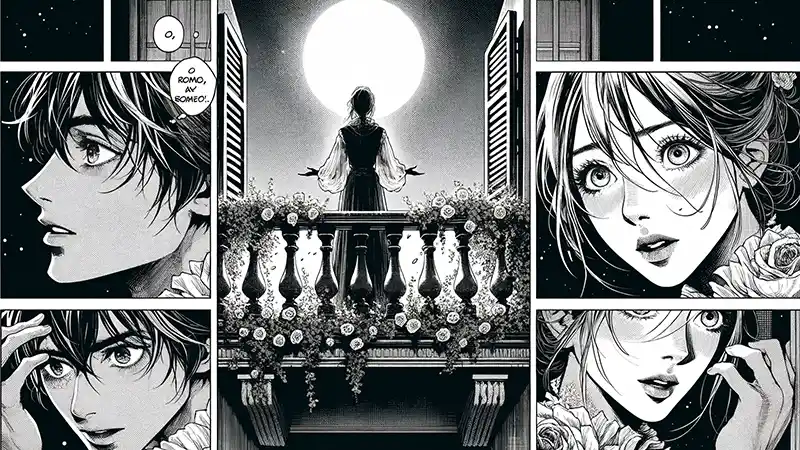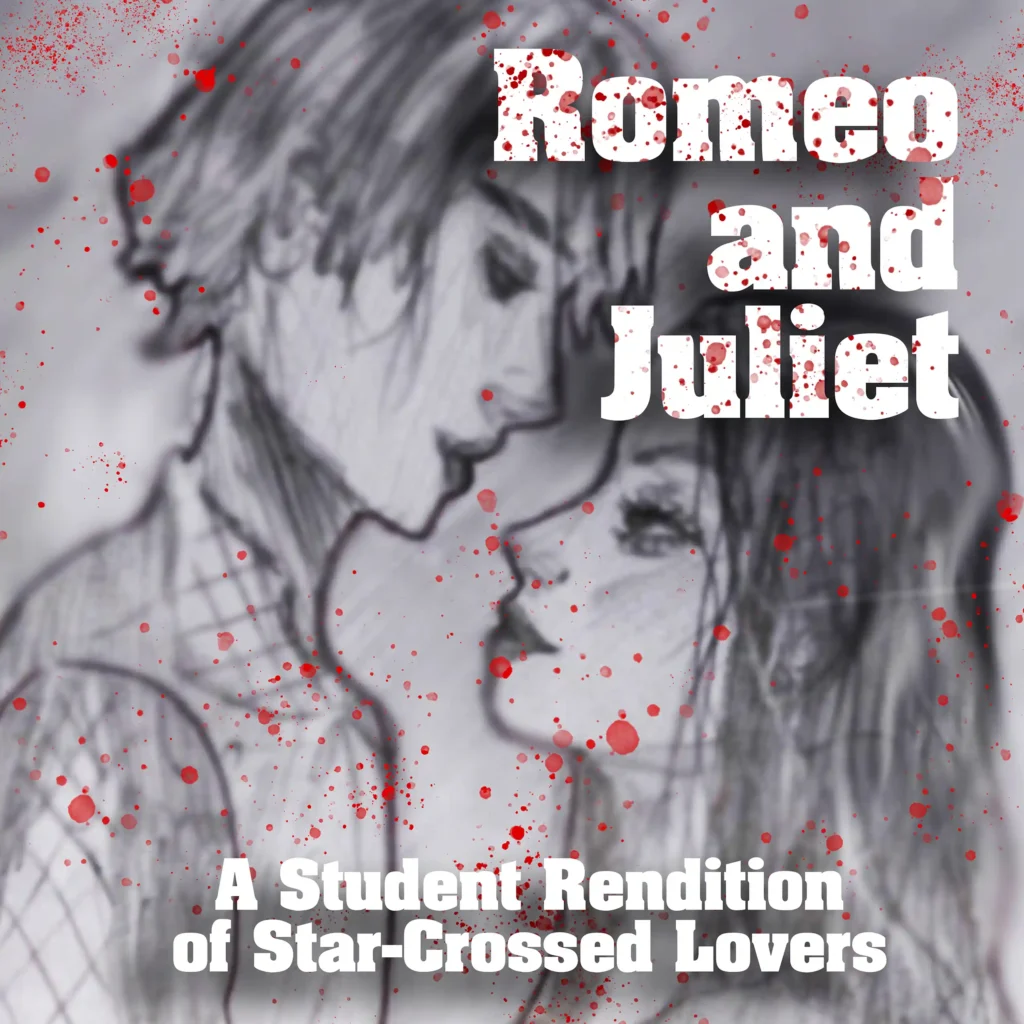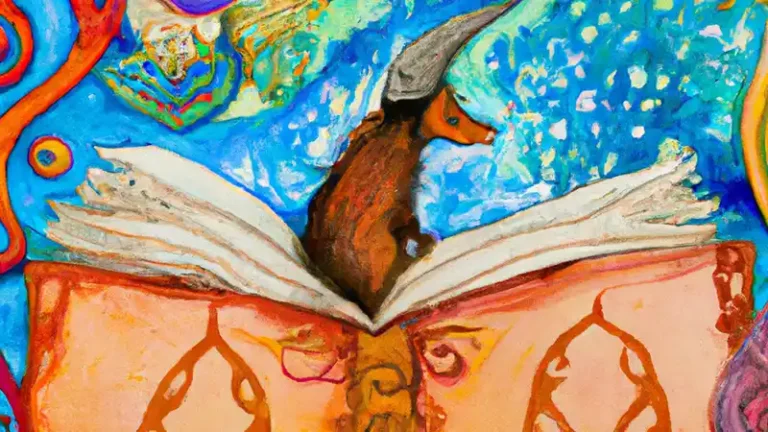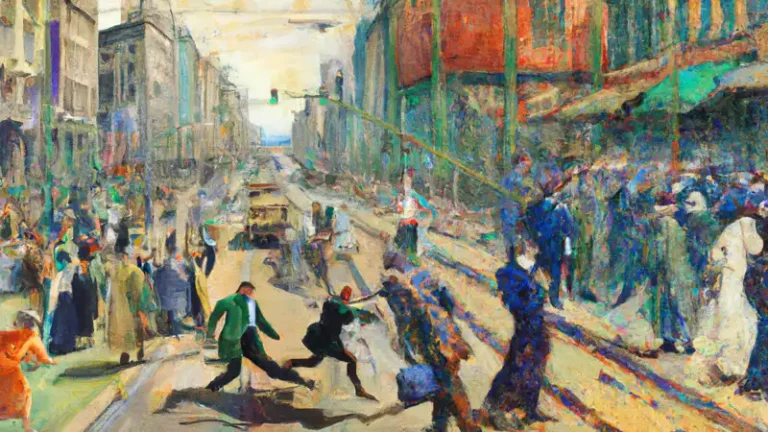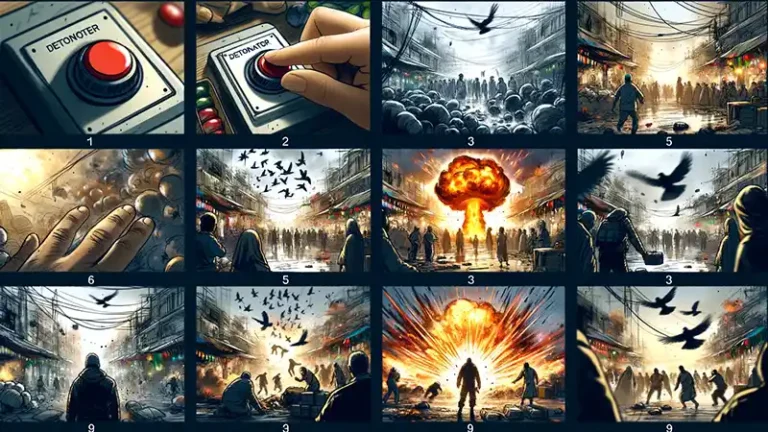Creating Graphic Novels in English Class: Romeo and Juliet
The importance of introducing students to the literary masterpieces of yore cannot be overstated. William Shakespeare’s Romeo and Juliet, with its timeless exploration of young love, societal tensions, and tragic fates, remains as poignant and relevant today as it was in the Elizabethan era. But in our rapidly evolving digital age, how do we ensure that such classics resonate with the modern student? The answer lies in adaptation, innovation, and the integration of contemporary media forms into our educational methodologies: graphic novels!
So, our class created Romeo and Juliet: A Student Rendition of Star-Crossed Lovers, a graphic novel project. It was a great project that students seemed to enjoy, and one I believe every educator should consider. Here’s why:
Relevance of Shakespeare Today: While the language and settings of Shakespeare might seem distant, the themes he explores – love, jealousy, ambition, conflict – are universal. By reimagining Romeo and Juliet in a graphic novel format, we bridge the gap between the 16th century and today, making the narrative accessible and relatable to our students.
The Power of Creating Media: In today’s world, where media consumption is ubiquitous, it’s equally vital for students to become proficient creators, not just passive consumers. Crafting a graphic novel requires a myriad of skills, from textual analysis to visual storytelling, from character design to narrative pacing. Engaging in such a project hones these skills, ensuring our students are well-prepared for the multimedia-centric future.
The Value of Publication: Understanding the process of publication—from conception to distribution—gives students insight into how ideas are disseminated in the modern world. It teaches perseverance, collaboration, and the value of feedback. Moreover, having a tangible product at the end fosters a sense of achievement and pride.
Exemplar in Action: As I guide you through the intricacies of this project, you’ll witness firsthand the fruit of my class’s efforts. We’ll use our rendition of Romeo and Juliet as an exemplar throughout, offering a tangible blueprint for success and hopefully inspiring you to embark on similar ventures with your students.
Why I Thought Graphic Novels Would Be a Good Project
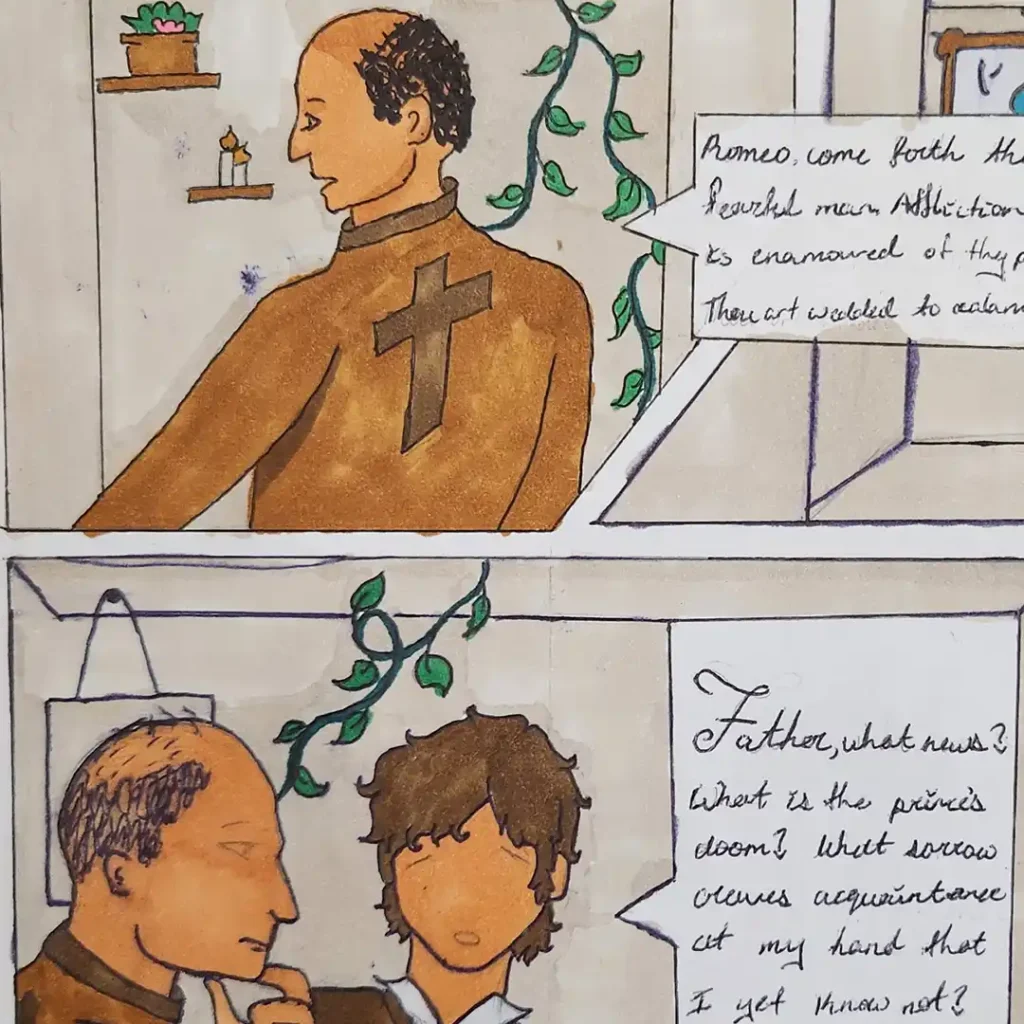
When I first conceived the idea of transforming Romeo and Juliet into a graphic novel, it wasn’t just about introducing a fresh medium to the classroom. The deeper goal was to offer a holistic learning experience that was dynamic, inclusive, and deeply resonant. Here are the key reasons why I believed this project held immense value:
Engaging Multiple Intelligences: Recognizing that every student learns differently, this project was designed to cater to various learning styles. By tapping into visual, linguistic, and interpersonal intelligences, we ensured that:
Visual learners could grasp the narrative through illustrations and visual cues.
Linguistic learners delved into Shakespeare’s rich text, interpreting and adapting it for the graphic medium.
Interpersonal learners thrived in the collaborative nature of the project, working together, sharing ideas, and understanding different perspectives.
Making Classical Literature More Accessible and Relatable: Shakespeare’s works, while brilliant, can sometimes be daunting for the contemporary reader, primarily due to the archaic language and cultural references. Translating the story into a graphic novel format breaks down these barriers, allowing students to connect with the narrative on a personal level and see the universality of its themes.
Enhancing Comprehension Through Visual Representation: There’s an age-old adage, “A picture is worth a thousand words.” By pairing Shakespeare’s words with visual imagery, students are better equipped to understand the nuances of the plot, the emotions of characters, and the setting’s ambiance. This visual representation serves as a powerful aid, especially for complex scenes or intricate dialogues, making the comprehension process more intuitive and enjoyable.
Cultivating Creativity, Collaboration, and Critical Thinking: Beyond the academic benefits, this project served as a platform for students to hone essential life skills.
Creativity was at the forefront as students brainstormed designs, imagined settings, and visualized character expressions.
Collaboration became indispensable as they worked in teams, ensuring coherence in the narrative and consistency in the artwork.
Critical thinking was integral, especially when adapting the text; decisions had to be made about what to include, omit, or modify to fit the graphic novel format while staying true to the essence of the original.
Here is our final product if you want to check it out:
Student Made
Grade 10 students made this graphic novel version of Romeo and Juliet by following this lesson plan. Check it out on Amazon now!
Learning Goals
- I will be able to interpret key scenes from Romeo and Juliet using visual imagery.
- I will be able to showcase my understanding of Romeo and Juliet by selecting the most crucial parts from a given scene.
- I will be able to tailor my choices of images and text to resonate with a specific audience.
- I will be able to produce media texts, specifically crafting pages in the style of graphic novels, by combining visual and written elements.
- I will be able to navigate the process of publishing both digital and print versions of our classroom texts.
Before beginning each of the lessons below, we had finished reading the novel and watched a movie adaption of the play. Click here for a digital copy of the play.
Creating Graphic Novels
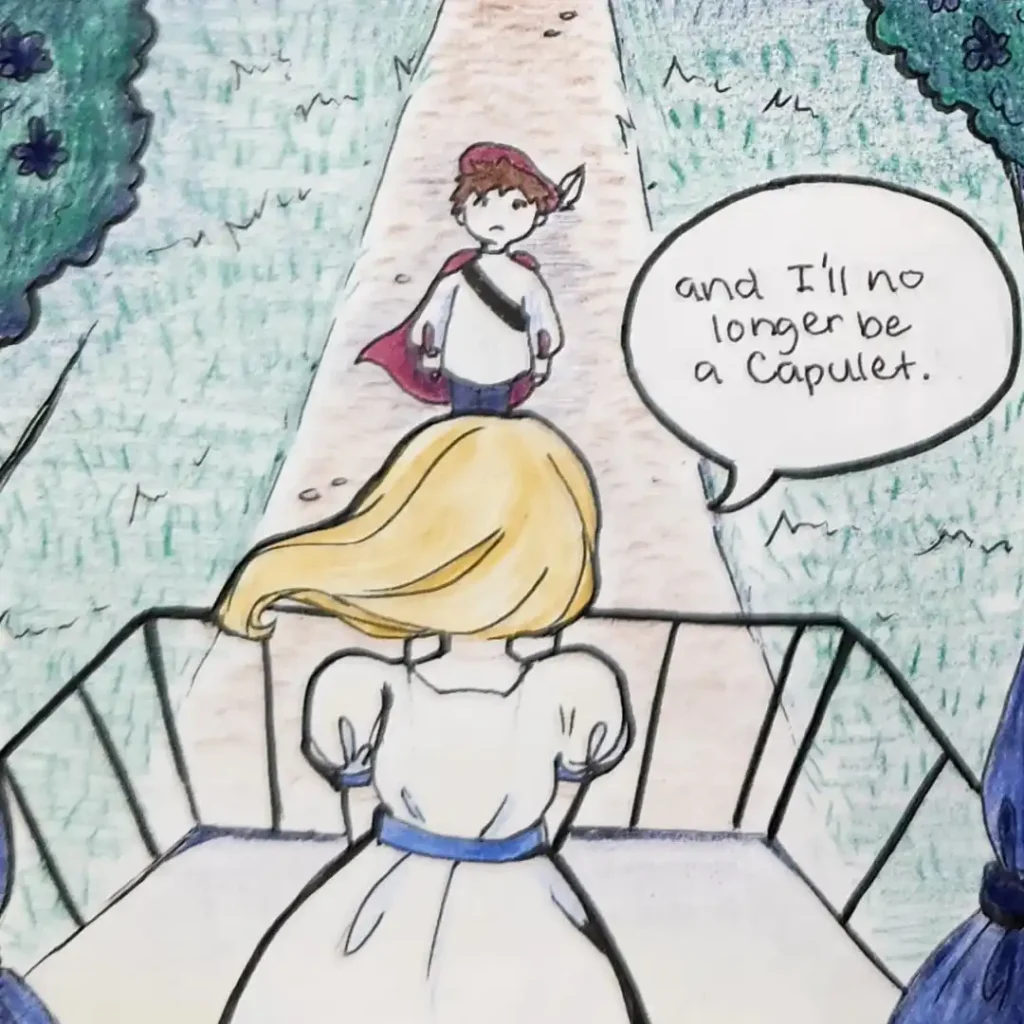
Look at graphic novels:
Begin by showing a couple graphic novels. I used Maus by Art Spiegelman, and The Outside Circle by Patti Laboucane-Benson and Kelly Mellings because we had copies in the school.
Ask the students if they have ever read a graphic novel and what they like about them.
What is a Graphic Novel?
Explain that a graphic novel is a book with “comics” content. While “novel” usually implies fiction, “graphic novel” can apply to both fictional and non-fictional works.
Discuss or note the key components of a graphic novel. Here are a few examples the class can evaluate together:
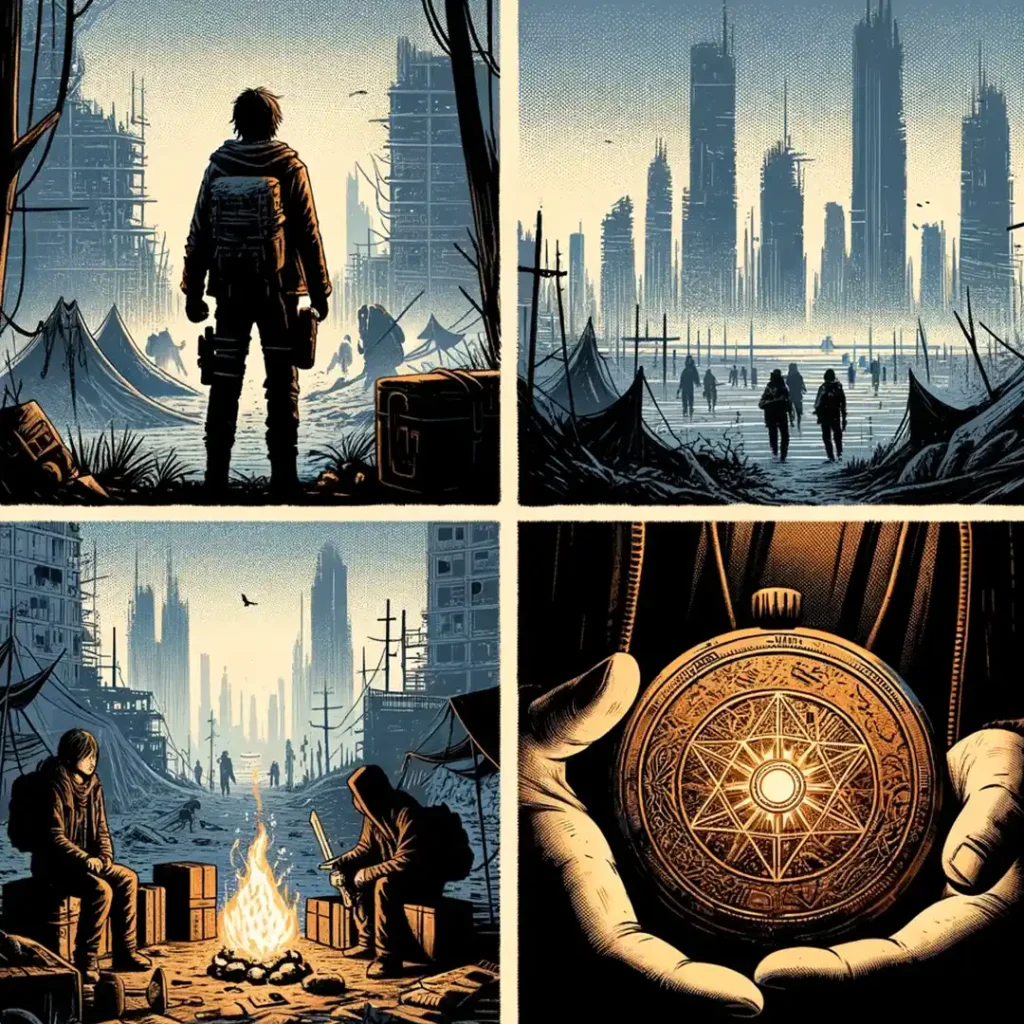
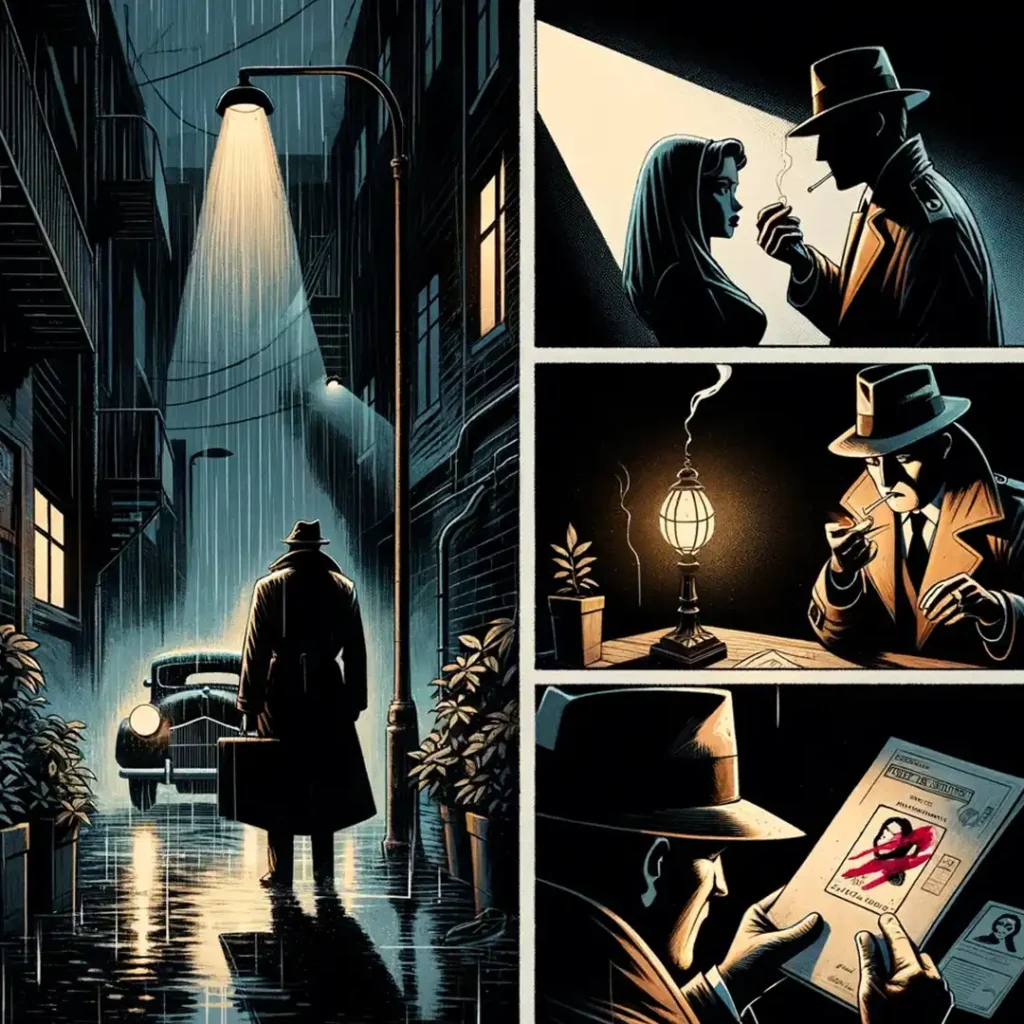
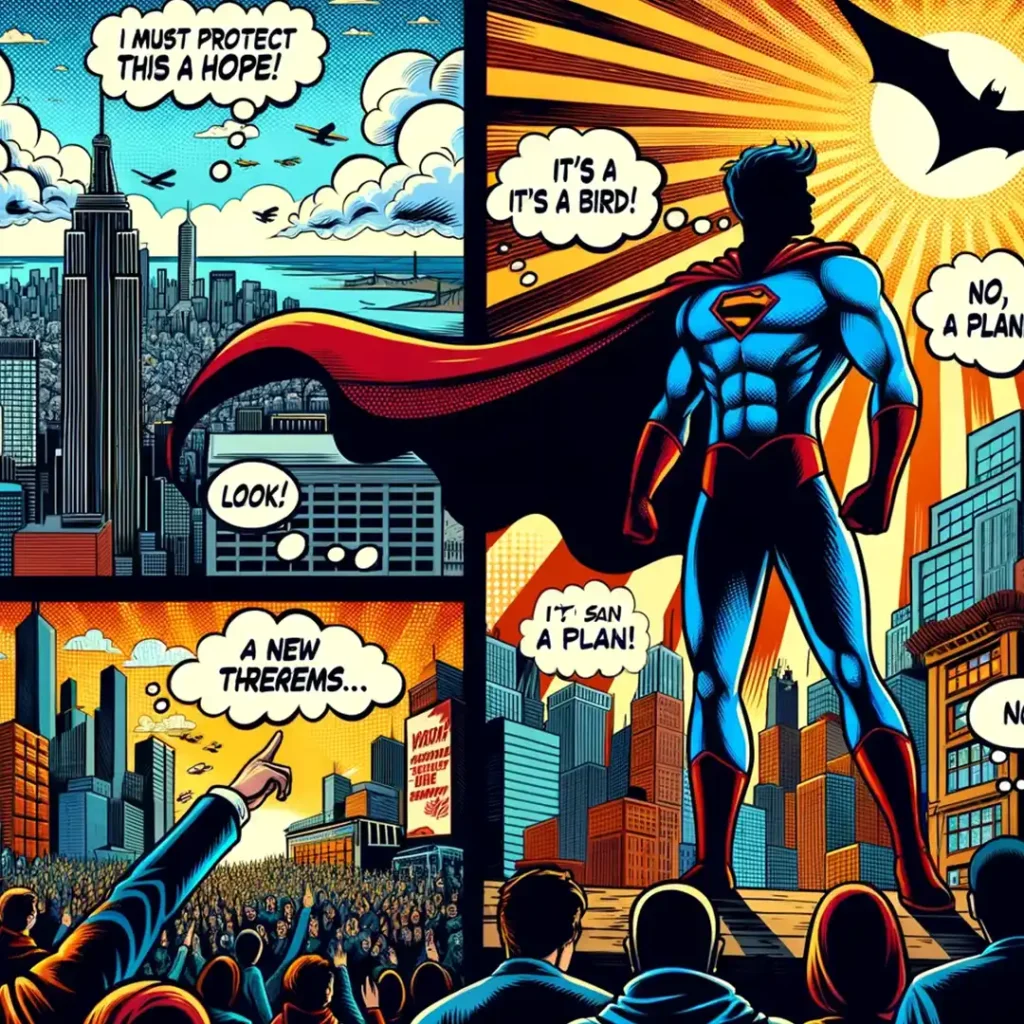
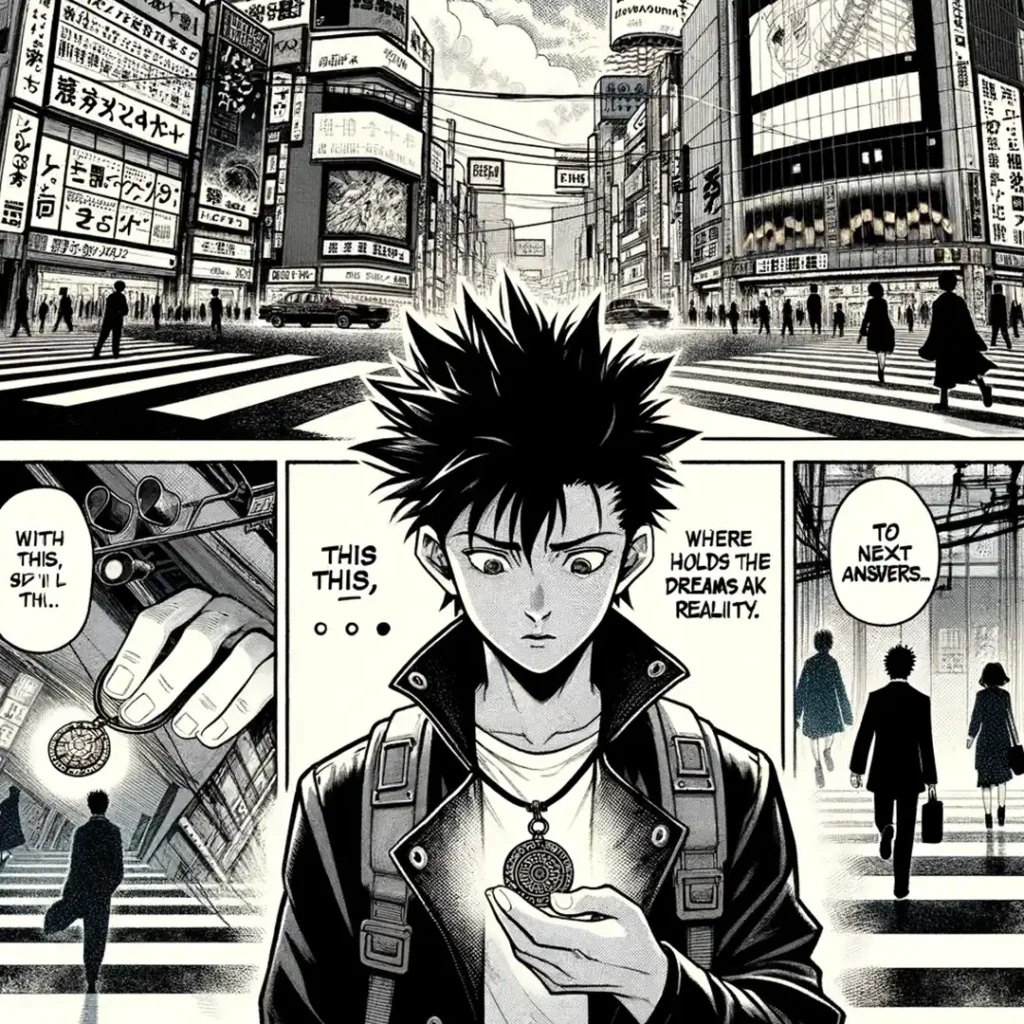
- Artwork: The illustrations are just as important, if not more so, than the text.
- Panels: The distinct segments that contain a combination of images and text.
- Speech Balloons: Rounded shapes that contain characters’ spoken words.
- Thought Balloons: Often cloud-shaped, these contain a character’s inner thoughts.
- Captions: Blocks of text that provide background, additional information, or the narrator’s voice.
Creating a Rough Draft
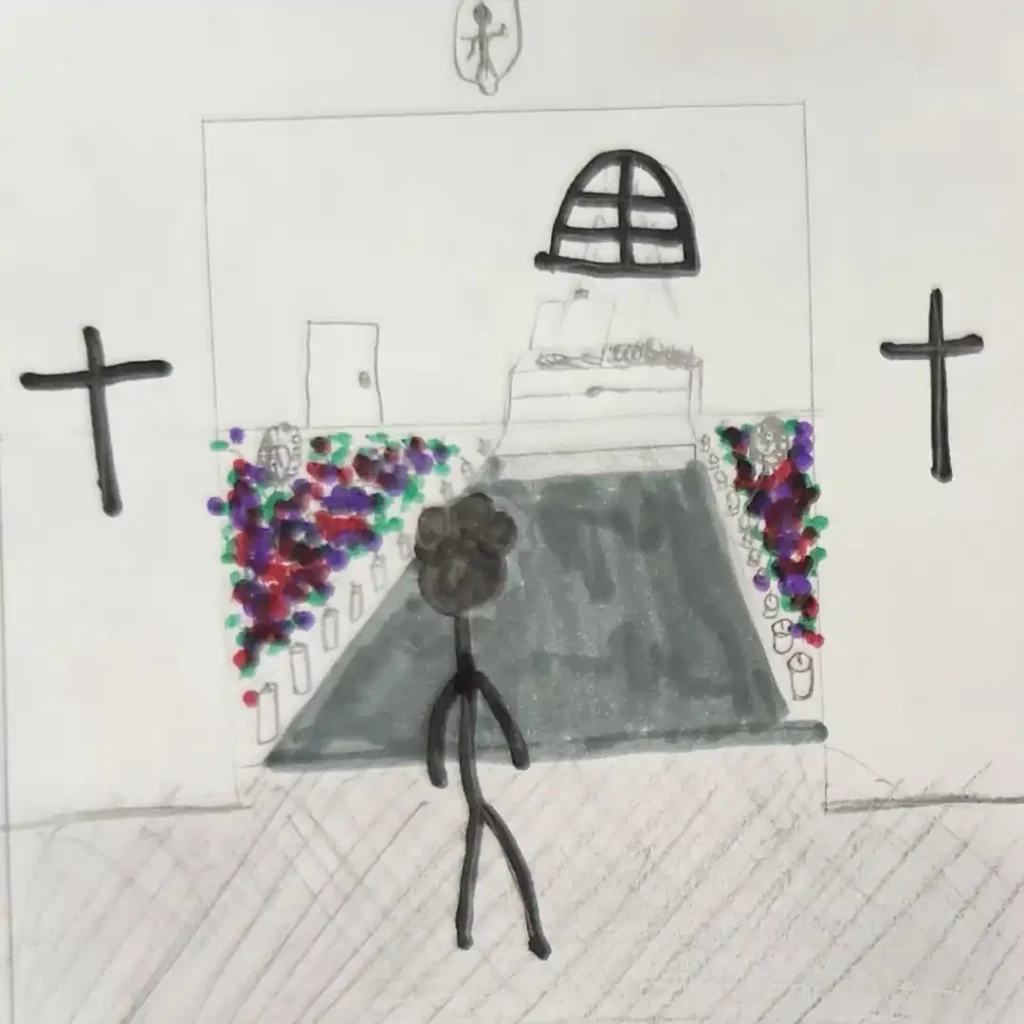
Choose a specific scene or portion from Romeo and Juliet. Here is a sample sign-up list that takes into consideration the scene length:
ROMEO AND JULIET SCENE SIGN-UP
Act and Scene | Name |
Front Cover | |
Back Cover | |
Act 1 Prologue | |
Act 1 Scene 1 P1 | |
Act 1 Scene 1 P2 | |
Act 1 Scene 1 P3 | |
Act 1 Scene 2 | |
Act 1 Scene 3 | |
Act 1 Scene 4 | |
Act 1 Scene 5 P1 | |
Act 1 Scene 5 P2 | |
Act 2 Prologue | |
Act 2 Scene 1 | |
Act 2 Scene 2 | |
Act 2 Scene 3 | |
Act 2 Scene 4 P1 | |
Act 2 Scene 4 P2 | |
Act 2 Scene 5 | |
Act 2 Scene 6 | |
Act 3 Scene 1 | |
Act 3 Scene 2 | |
Act 3 Scene 3 | |
Act 3 Scene 4 | |
Act 3 Scene 5 P1 | |
Act 3 Scene 5 P2 | |
Act 4 Scene 1 | |
Act 4 Scene 2 | |
Act 4 Scene 3 | |
Act 4 Scene 4 | |
Act 4 Scene 5 | |
Act 5 Scene 1 | |
Act 5 Scene 2 | |
Act 5 Scene 3 P1 | |
Act 5 Scene 3 P2 | |
Act 5 Scene 3 P3 |
- Re-read the scene, highlighting key dialogues, emotions, and events.
- Create a simple layout on 8.5 X 8.5 inch paper. Amazon offers this size for paperback books, and it works well for a graphic novel.
- Decide the number of frames per page and divide the page accordingly. Keep in mind the pacing of the scene. Be creative in how you divide up the frames.
- Drawings can be quick sketches or stick figures. It’s only important that you get a sense of how the frame will look. Be sure to use different shot types.
Textual Elements:
Extract key dialogues or narrations from the scene. Remember, less is more in a graphic novel. Try to condense without losing the essence.
Decide which textual elements will appear within speech bubbles, thought bubbles, or as narration.
Visual Elements:
Begin sketching the main characters and settings. At this stage, they don’t have to be perfect. Focus on expressions and postures that align with the mood of the scene.
Think about the background: settings, objects, or any other visual cues that will provide context.
Layout and Design:
Layout is crucial for the flow of your story. Ensure there’s a logical progression from one frame to the next.
Consider the size of each frame. Important events or dialogues might deserve larger frames or even a full page.
Annotations:
Use the margins or sticky notes to annotate any ideas or specific design elements you want to remember for your final draft. This can include color schemes, shading techniques, or font styles.
Review and Revise:
Once your rough draft is complete, review it. Check if the story flows naturally and if the visuals complement the text.
Make notes of any changes or improvements you’d like to incorporate in the final draft.
Tips:
Keep it Simple: Your rough draft doesn’t have to be intricate. Focus on the structure, layout, and main ideas.
Collaborate: Share your draft with a classmate. Fresh eyes can offer valuable insights.
Stay True to the Source: While adding a personal touch is encouraged, ensure your depiction remains faithful to the original “Romeo and Juliet” narrative.
Peer Editing
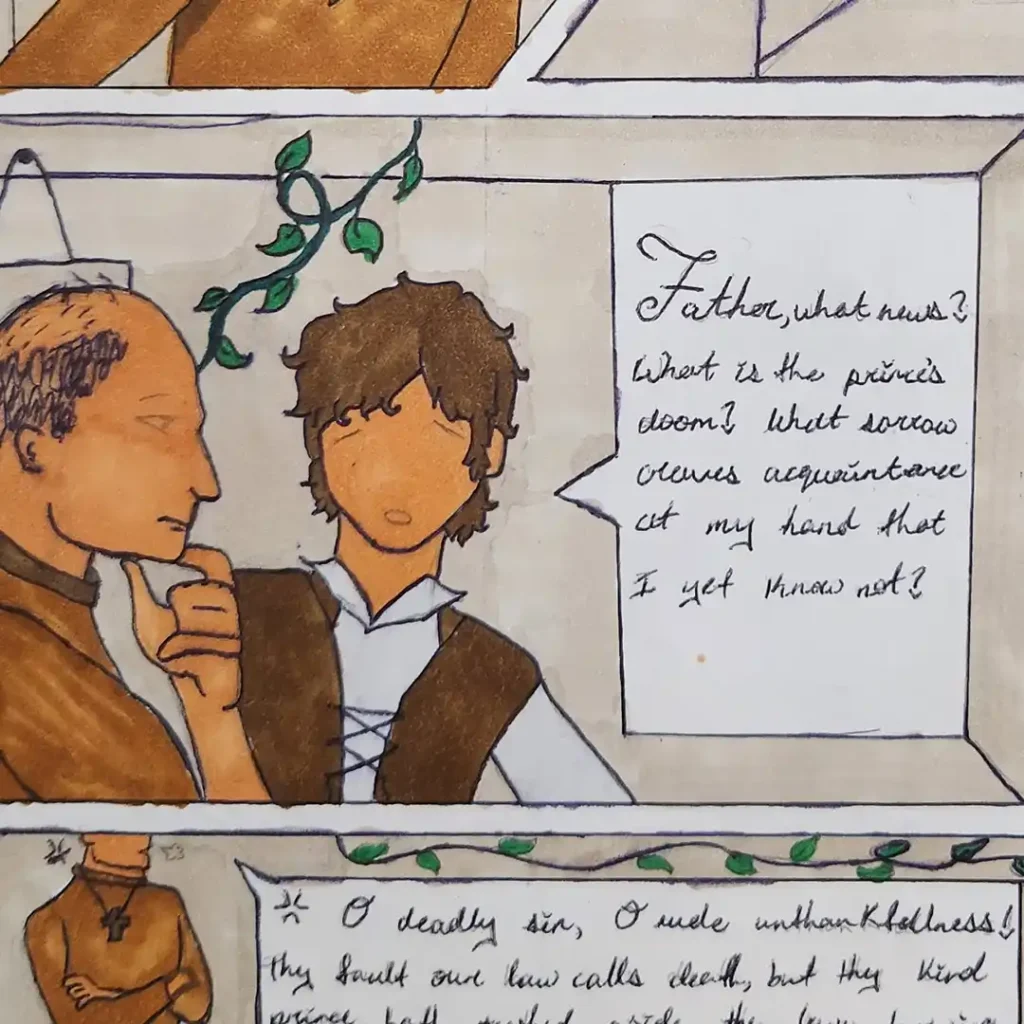
In the realm of writing and content creation, peer editing stands as an invaluable step in the refinement process. It provides students with an opportunity to view their work through the eyes of another, offering fresh perspectives and insights that might be overlooked by the original author. This practice not only strengthens the quality of the work but also fosters a collaborative learning environment where students can learn from each other. Furthermore, engaging in peer editing instills critical thinking, empathy, and constructive feedback skills—assets that are beneficial in all walks of life. For our graphic novel activity based on Romeo and Juliet, peer editing is crucial. It ensures that the final product is a harmonious blend of interpretations, maintaining fidelity to Shakespeare’s text while adding a modern flair.
Peer Editing Checklist for the Graphic Novel Activity
Comprehension and Relevance:
- Does the selected text align with the most important ideas contained in this scene?
- If the text is an interpretation, is it clear and easy to follow for someone unfamiliar with the original text?
Visual Interpretation:
- Do the images effectively depict the essence and mood of the scene?
- Are characters easily distinguishable and consistent throughout the pages?
Textual Accuracy:
- Is the language used faithful to the tone and style of Romeo and Juliet?
- Are the most crucial parts of the dialogue included, ensuring clarity and coherence?
Audience Awareness:
- Are the visuals and text selections suitable for the intended audience?
- Does the page layout and design appeal to the reader, ensuring engagement?
Media Text Quality:
- Are the images neat?
- Are there a variety of shot types?
- Is the textual content free from spelling, grammar, and punctuation errors?
Overall Feedback:
- What are the strongest aspects of this section of the graphic novel?
- Are there areas that could benefit from revision or further development?
Publishing Your Graphic Novel: Acquiring an ISBN & Using Amazon
How to Create an ISBN:
An International Standard Book Number (ISBN) is a unique identifier for books, which is essential for distribution and sales tracking. Here’s how you can get one:
Step 1: Determine the Need
If you intend to sell your book beyond just Amazon’s KDP platform, you’ll need an ISBN. Specifically, for broader distribution, an ISBN is essential. However, if you choose to work exclusively with Amazon, an Amazon-assigned ASIN suffices for the ebook, and Amazon will provide an ISBN for paperback or hardcover editions.
Should you wish to distribute your book on multiple platforms, remember to acquire a unique ISBN for each format. The following section covers obtaining an ISBN. For details on setting up an account with Amazon’s Kindle Direct Publishing, please continue reading further below.
Step 2: Visit the Official ISBN Agency
For the U.S., the official agency is Bowker.
If you’re outside the U.S., locate your country’s official ISBN agency via the International ISBN Agency’s site.
Step 3: Register & Purchase
Create an account and choose the number of ISBNs you wish to purchase. While one is sufficient for a single format, remember that different formats (e.g., digital vs. print) require separate ISBNs.
Step 4: Assign Your ISBN
Once purchased, you can assign an ISBN to your graphic novel. Ensure all the book’s details are accurately entered.
Overview of the Publishing Process on Amazon:
Amazon’s self-publishing service, Kindle Direct Publishing (KDP), is an excellent platform for both eBooks and print books.
Step 1: Set Up Your KDP Account
Visit the KDP website and sign in using your Amazon account. If you don’t have one, you can create it for free.
Step 2: Create a New Kindle eBook or Paperback
Click on ‘Create a new Kindle eBook’ or ‘Create a new Paperback,’ depending on your preferred format.
Step 3: Enter Book Details
Fill in the title, author, and other necessary details. Provide your ISBN if you have one. For eBooks, Amazon can also provide an ASIN, which acts similarly to an ISBN.
Step 4: Upload Your Manuscript & Cover
Convert your graphic novel into a supported format. For best results with graphic novels, a PDF format works well. Design a captivating cover. If you don’t have one, Amazon provides a cover creator tool.
Step 5: Determine Pricing & Royalty Options
Decide on a selling price for your graphic novel. Amazon provides two royalty options: 35% and 70%. Choose the one that suits you best, keeping in mind the criteria for each.
Step 6: Enroll in KDP Select (Optional)
KDP Select is an exclusive program that gives you access to promotional opportunities and additional earnings. Enrollment lasts for 90 days at a time, but it requires exclusivity, meaning your eBook can’t be sold anywhere else during that period.
Step 7: Publish
Once all details are filled in, and you’re satisfied with the preview, hit the ‘Publish Your Kindle eBook’ or ‘Publish Your Paperback’ button.
Step 8: Monitor & Market
After publishing, monitor your sales and reviews via the KDP dashboard. Engage in marketing strategies to boost your graphic novel’s visibility and sales.
Student Made
Grade 10 students made this graphic novel version of Romeo and Juliet by following this lesson plan. Check it out on Amazon now!
Student Reflections on the Process
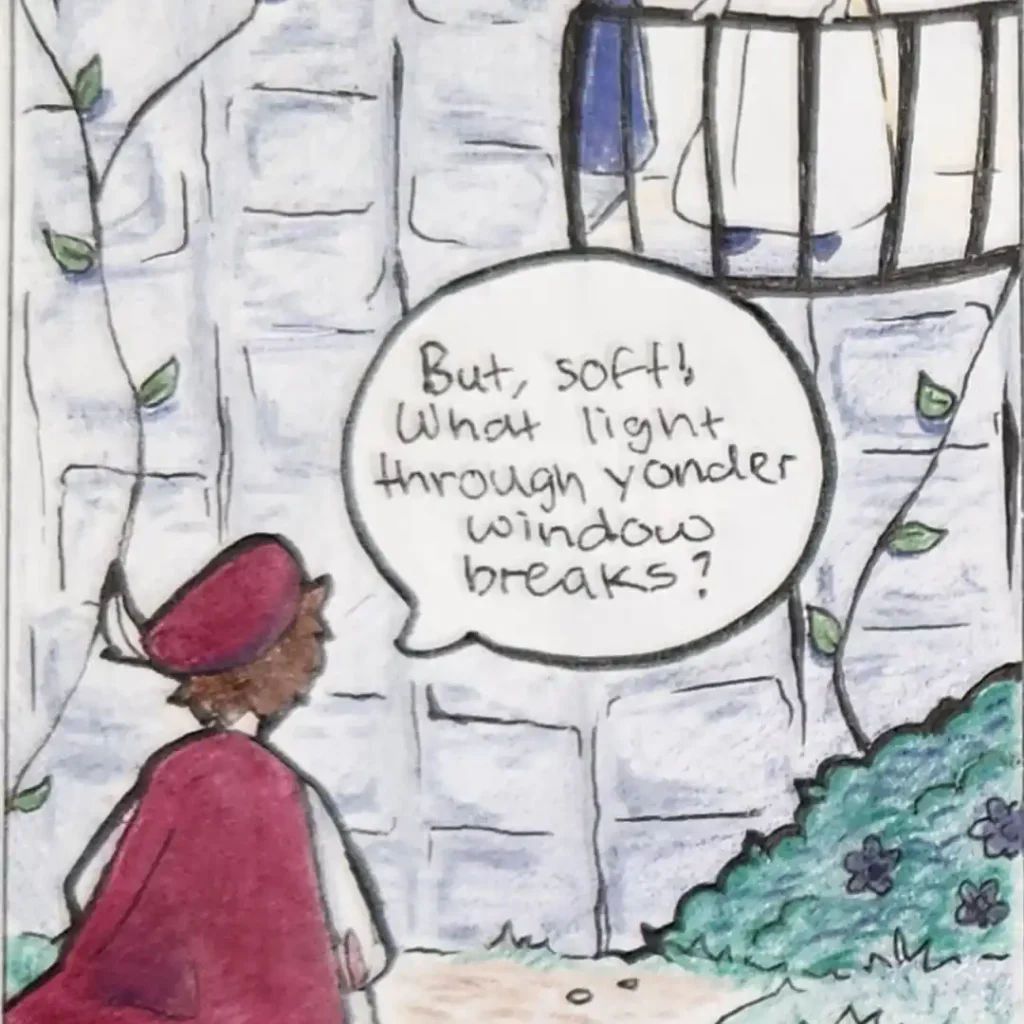
“I enjoyed the process of planning out the scenes and making my vision come to life. I believe I did decently on the visual aspect of the comic strip, but I wish I could change the dialogue to be a bit more cohesive.”
“So far I think that the creation process of the comic strip was good,I think that I did relatively ok with my part of the comic strip. I think that I could have done a better job of drawing the faces of Friar Lawrence and Romeo and probably drawing a background in the comic boxes instead of just a plain color.”
“Overall I liked doing this activity. It was pretty fun, and really helped me understand Romeo and Juliet more while not being extremely confusing or boring. I think that I did pretty well in this, and as I was extremely confused at the beginning on how to do this, I got the hang of it pretty soon. One thing I would have done differently was to plan out the dialogue in the comic, in order to prevent any awkward text box placements.”
“I think the activity for the comic strip was fun and also very stressful because of the fact it is getting published. I think it added a layer of expectations and also anxiety because it’s something anyone and everyone could see.”
“I really enjoyed this activity, I feel like the class also did because it was something different. Another reason I think it’s a good assignment is because it really motivates the students as it is being published. I feel like I did well on this assignment, if I did have something I would have done differently it would have been to try and draw more detail on the people.”
Integration with English Curriculum
The creation and study of a graphic novel adaptation of Romeo and Juliet presents a unique opportunity to deepen students’ engagement with the English curriculum. Here’s how the integration can be effectively achieved:
Analyzing Themes, Symbols, and Motifs in a Visual Context:
Traditional literature study often focuses on textual exploration of themes, symbols, and motifs. By transforming Romeo and Juliet into a graphic novel, students can analyze these elements in a new dimension. For instance, how does color convey emotion or foreshadow events? How do visual elements emphasize or even redefine traditionally textual symbols?
Activities can include comparing the representation of key symbols in the text versus the graphic novel, such as the contrast between light and dark or the imagery of poison.
Drawing Parallels with Other Literature:
How Visual Representation Influences Interpretation: Students can compare and contrast the graphic novel adaptation of Romeo and Juliet with other visual adaptations of literary works. This comparison can highlight how visual mediums can bring out different nuances or perspectives in familiar stories.
Discussions can delve into questions like: How does a graphic representation of Romeo and Juliet change or enhance our understanding compared to a visual adaptation of, say, Macbeth or The Great Gatsby?
Discussions and Debates: The Power of Visual Storytelling: The graphic novel format inherently stresses the importance of ‘showing’ over ‘telling’. Engaging students in discussions about how certain scenes are depicted visually can be a springboard into deeper conversations about visual literacy and its impact on storytelling.
Debates can be held on topics such as: Do visual elements simplify or complicate Shakespeare’s language? How does the medium influence the message? What gets lost, and what gets highlighted in the transition from purely textual to visual-textual?
Conclusion
The graphic novel adaptation of “Romeo and Juliet” stands as a testament to the dynamic intersection of classical literature and modern visual storytelling. By transforming Shakespeare’s iconic text into a visual medium, students engaged more deeply with the narrative, uncovering layers of meaning often overshadowed in traditional textual analysis. The project not only fostered creativity and collaboration but also offered a fresh lens through which to view and appreciate age-old themes, symbols, and motifs. Incorporating such a project into the English curriculum has demonstrated the power of visual storytelling, underscoring its potential to invigorate classical texts and enrich students’ learning experiences. In essence, this endeavor beautifully encapsulates the timeless nature of Shakespeare’s works and their enduring adaptability across formats and generations.
Free, Downloadable Resources
Sign Up Sheet
Student Instruction Sheet
Peer Editing Worksheet
